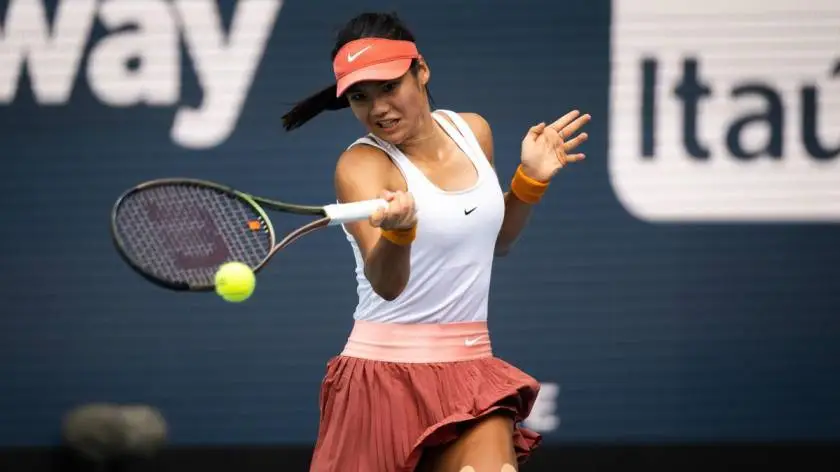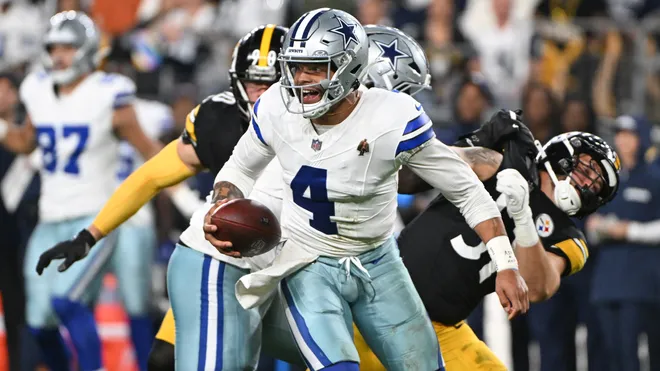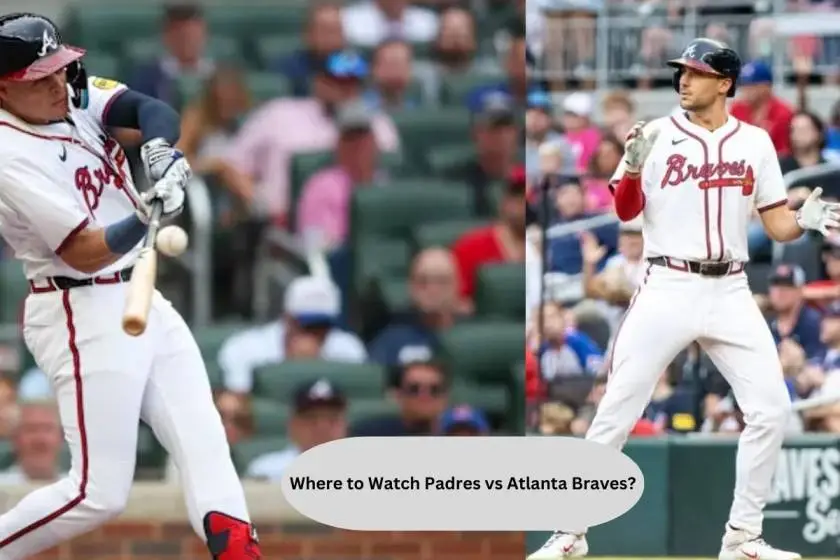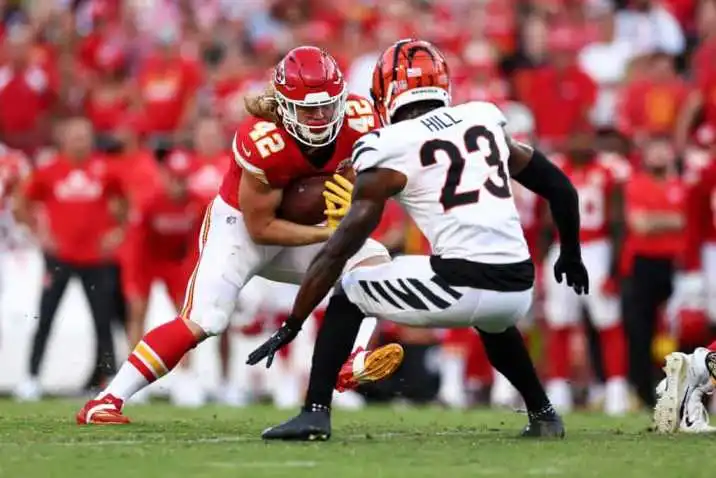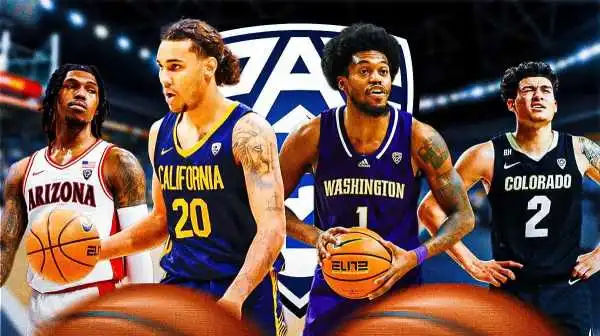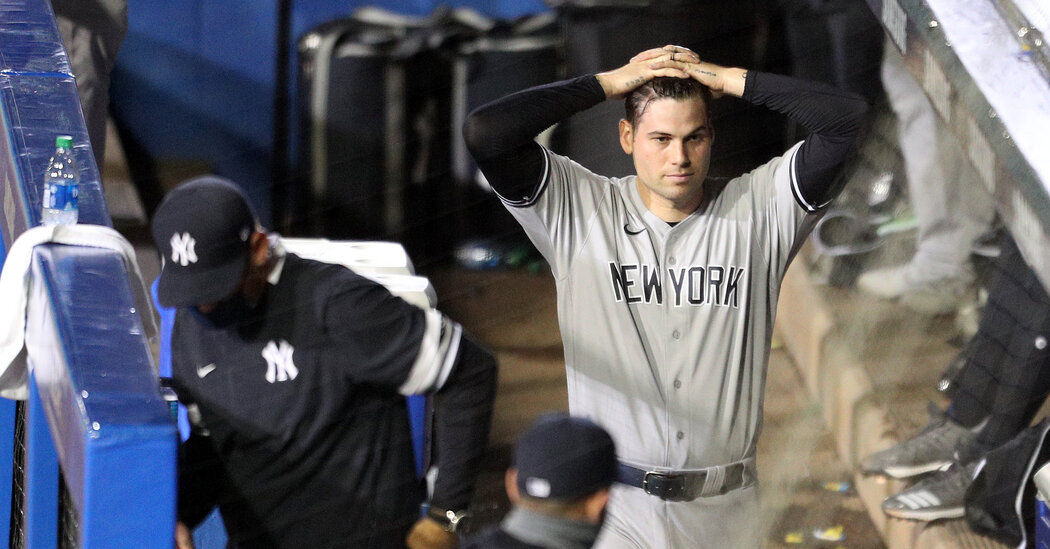
The Yankees, Poised to Dominate This Year, Are Barely Hanging On
Here is one of those true statements that would have made no sense six months ago: The Yankees are in Buffalo this week, facing Toronto, as they desperately try to hold off Seattle, Baltimore and Detroit for the eighth playoff spot in the American League.
Then again, that doesn’t make much sense today, either.
We’ve known for a while that the coronavirus pandemic had forced the Blue Jays out of Canada. We’ve also known that Major League Baseball and the union — seeking to recoup some lost revenue from a truncated season without fans — had sold a new playoff tier to the networks, inflating the postseason field.
But no one expected the Yankees to struggle like this, with 15 losses in their past 20 games after a 2-1 loss to the Blue Jays on Tuesday. The Yankees are 21-21 with 18 games left to play.
“We still have time here to turn this thing around, and I’m confident we will,” Manager Aaron Boone said. “But we’re .500 right now. That’s the reality of the situation. But the other reality is: it’s there for the taking for us. We don’t need anyone’s help right now.”
General Manager Brian Cashman, who does not usually travel with the team, addressed the players before Tuesday’s game, emphasizing their talent and responsibility.
“Just remind them, first and foremost, that I believe in them — I put this club together with my staff, and everybody in that room is here for a reason,” Cashman said, adding later, “The bottom line is we’re on our own. There’s no help coming from anywhere. The challenge is to find a way to get through this storm.”
As Buffalo visitors go, the Yankees looked like the Houston Oilers on Monday, cruising along with a seemingly insurmountable lead in the middle of the game before a rousing comeback by the home team. In 1993, the Bills won with a flurry of touchdown passes by Frank Reich. This time, the Blue Jays won with a flurry of free passes by the Yankees.
The surging Blue Jays scored 10 runs in the sixth inning, taking advantage of four walks and an error on their way to a 12-7 win. It was only the second time in the Yankees’ history that they had allowed that many runs in an inning, with the first coming on April 18, 2009, against Cleveland.
That year ended just fine for the Yankees, who won the World Series. They have not been back since, despite seven more playoff trips and the most regular-season victories (921) of any team in the 2010s. They addressed their biggest weakness last winter by signing Gerrit Cole from Houston, bolstering their rotation while weakening the Astros, who knocked them out of the postseason twice in the last three years. But the A.L.’s balance of power has not shifted toward the Yankees as might have been expected.
Cole has been ordinary: 4-3 with a 3.63 earned run average and a major league-high 13 homers allowed. After losing in the opener of a doubleheader in Oakland on Tuesday, the Astros had the same record as the Yankees, the worst record among teams holding A.L. playoff spots. In the expanded postseason, all first- and second-place teams in each division will qualify for a best-of-three first-round series, along with the two teams in each league with the next-best records.
Through Monday, every major league team with a .500 record or better would get in. Playoff spots have suddenly become as cheap as an invitation to a college bowl game: Win half your games, and congratulations! The difference, of course, is that a Quick Lane Bowl triumph cannot lead you to a championship, but an M.L.B. team with a No. 8 seed has the same title shot as the regular season’s best team.
Those odds should have worked against the Yankees, who seemed poised to dominate most opponents when this truncated season started. But while their offense overcame last year’s injury barrage, it has sputtered to do the same this season. Besides Clint Frazier, who has thrived with regular playing time, the Yankees’ injury replacements have flopped, accentuating the persistent absences of Aaron Judge and Giancarlo Stanton.
Everyday players like Gary Sanchez, Brett Gardner and Aaron Hicks have regressed, and while the Yankees still draw plenty of walks, their .756 on-base plus slugging percentage entering Tuesday was the worst in the A.L. East. Their team batting average, .237, would be their worst in a season in 51 years.
The pitching has been a mess, too, with a middling 4.56 E.R.A.; even the rebuilding Orioles have been better. Through 41 games — about a quarter of a typical 162-game season — the Yankees had used 23 pitchers, more than they used all season a decade ago. Much has changed in M.L.B. since then, especially in starters’ workloads, but the Yankees have taken the trend to the extreme.
No Yankees starter has worked 200 innings since C.C. Sabathia and Hiroki Kuroda in 2013. Since then, every other A.L. team has pushed at least one pitcher to that milestone, but through Monday, Yankees starters were averaging less than four and two-thirds innings per start, ranking 21st among M.L.B.’s 30 clubs.
In 33 games not started by Cole, the Yankees’ starter has worked more than five innings only nine times. While no individual reliever seems overworked, the sheer volume of innings to cover increases the odds that one or two relievers will have a bad game. When they do, it blows up whatever scripted matchups the Yankees had planned.
In the fateful sixth inning on Monday, Boone rightly pulled Chad Green after five batters, then seemed determined to let Adam Ottavino finish the inning. Ottavino — who now has a 7.82 E.R.A. — was clearly struggling with command, and he later wondered aloud if the Blue Jays knew what was coming after he gave up four hits and six earned runs without recording an out.
For Boone’s part, he said he stayed with Ottavino “because we’re just up against it” in the bullpen, even though only three relievers — Miguel Yajure, Luis Cessa and Nick Nelson — had appeared in the previous two games. The urgency of a pennant race, it seems, will have to wait.
The Yankees played it cool at last Monday’s trading deadline, too, trusting in their current roster and protecting all of their prospects. Their true savior is the playoff format; as badly as the Yankees have played, it is still hard to expect the Mariners, the Orioles or the Tigers to overtake them. But there is no time to waste.
“In a Covid season, you can’t afford to have slumps last too long,” Cashman said. “You can’t afford to have too many injuries stack up on you, and you certainly can’t afford to feel down and out.”
As bleak as it seems, the Yankees still have one thing their fans hold dear: a much better record than the truly down-and-out Boston Red Sox, who are staggering through their worst season in almost 90 years.



